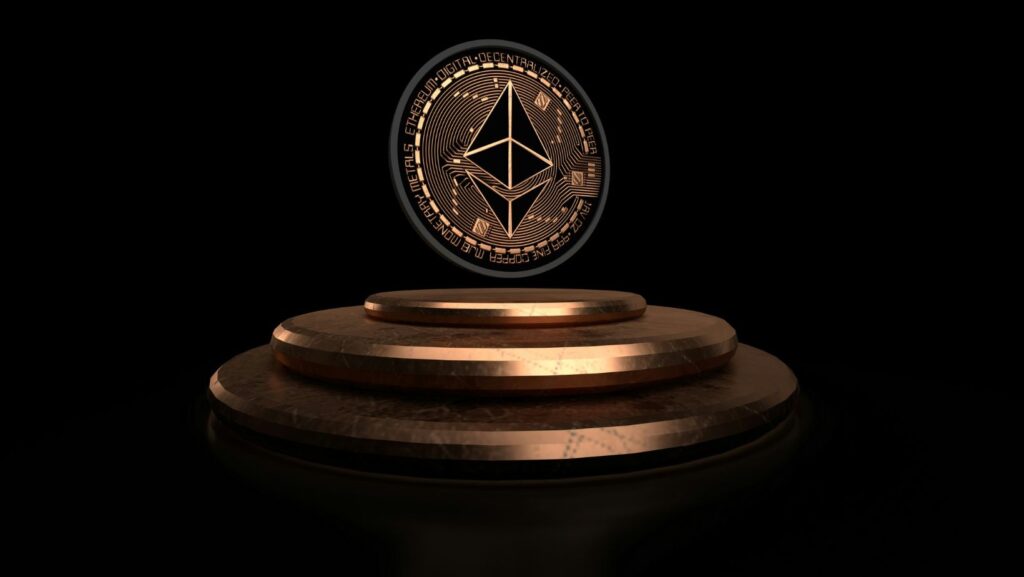
Ethereum is a significant blockchain with an impressive native token, Ether (ETH). Even though you probably know now that Ethereum is the second-largest digital coin by market capitalization, do you know the other important milestones from Ethereum’s history? Like how the idea of Ethereum appeared, for example? Vitalik Buterin, one of the co-founders of Ethereum, is the driving force behind its evolution. Vitalik identified the shortcomings of Bitcoin and proposed changes to Bitcoin’s team, which weren’t accepted.
This inspired Vitalik to launch his own project, which is now known as Ethereum. Ethereum has brought several improvements to the platform and continues to do this. Vitalik Buterin remains one of the important men in its evolution and wants to truly make this platform shine. For instance, at EDCON 2025, Vitalik Buterin announced some fresh details on how Ethereum will improve in 2026. These upgrades help Ethereum increase its adoption and become an even more important crypto project in the future. They can have a positive impact on the ETH price prediction, potentially driving the value of ETH to soar.
The 2026 Roadmap won’t only bring technical innovations, but also position Ethereum in the centre of blockchain infrastructure, while having dominance in decentralized finance (DeFi). Additionally, this roadmap will also address some of the pressing issues of this blockchain, which could limit broader adoption.
In this article, we will look further into what the highlights of Ethereum are from the 2026 Roadmap, so keep reading to learn more.
Enhancing Interoperability
Improving interoperability is a key focus for Ethereum in 2026. There are two main important parts that Ethereum will introduce in 2026, represented by the Open Intents Framework (OIF) and Ethereum Interoperability Layer (EIL). These two important parts aim to enhance interoperability and provide a solution to the fact that Ethereum has begun to develop a fractured ecosystem. For instance, the EIL is a trusted messaging system that wants to unite the rollups from Ethereum into a single one. This can provide a seamless experience, thereby reducing errors and the need to navigate fragmented networks.
Then, through OIF, users can express commands without needing to go through technical execution paths. In this way, the cross-chain interactions will get more automated. With this shift, Ethereum will adopt a user-centric model, which could make it the centre of the DeFi ecosystem, thus further cementing its place among the very important crypto projects. Additionally, this approach will also provide a better user experience, which is a significant benefit.
Reducing Latency
After improving interoperability, Ethereum will enter the” Acceleration” phase, intended to help reduce latency. The aim of this approach is to get a 98% reduction in finality times. This means that the 13-19 block confirmation gets reduced to 15-30 seconds.

If Ethereum makes this dream a reality, then this platform could really be competitive with Visa, a traditional payment system. Visa processes around 24,000 transactions per second (TPS), and after the upgrades Ethereum has already undergone, this platform is already capable of enabling 100,000 TPS.
The Three Important Steps From The Ethereum Roadmap
The upgrades from 2026 will be classified into their important parts: Initialisation, Acceleration, and Finalisation. This ensures the project’s success.
Initialisation
In this phase, Ethereum developers will work on ensuring the main platform has seamless interaction with its Layer 2. The audits under this plan are scheduled to occur in 2025, while the documentation is expected to be available the following year.
Acceleration
Acceleration is the second phase of this plan, which is centred on reducing the latency of the platform. Following this, Ethereum may confirm transactions in as little as 15-30 seconds. This phase is planned for early 2026, and the research teams are already exploring additional ways to further enhance this platform.
Finalisation
In the final step of Ethereum’s roadmap, this crypto project will receive advanced cryptography. This will be done with the help of zero-knowledge proofs, which will secure the platform.
Are There Any Challenges Associated With These Upgrades?
Some challenges will always remain present in the crypto ecosystem, and this is also the case with the upgrades outlined in the 2026 roadmap. For example, the success of the OIF and EIL depends significantly on user engagement. Additionally, these upgrades could pose a threat to Ethereum’s security, which is why Ethereum also needs to undergo research to safeguard itself.
However, the roadmaps of Ethereum are created to overcome any challenge that could appear with the platform. The roadmap is created in different phases, all of which are designed to enhance what Ethereum offers. For example, in 2025, Ethereum will focus on interoperability, in 2026, it will prioritize latency reduction, while in 2027, the focus will shift to long-term security. This ensures that Ethereum has a balanced evolution.
The Bottom Line
Ethereum is an incredible platform that has overcome all the shortcomings of previous platforms. For example, Ethereum leveraged smart contracts, which are self-executing contracts, with the terms of the agreement already written into the code. Thanks to this feature, the blockchain automates many processes. Over the years, Ethereum has undergone numerous upgrades to enhance its offerings and provide more use cases and benefits to users.
This has enabled Ethereum to remain a vital platform, continually updated to meet the evolving needs of users. This will also occur in 2026, when Ethereum is poised to introduce additional innovative features and further enhance its blockchain.
When people or developers are looking for a blockchain platform, Ethereum is often their top choice, particularly due to the vast array of advantages and innovations it is known for. Ethereum is not only a blockchain that supports transactions with its native token, Ether, but also a blockchain that encourages the presence of smart contracts, DeFi, or non-fungible tokens (NFT). This will make Ethereum always relevant, and a top choice for traders, developers, and investors.


